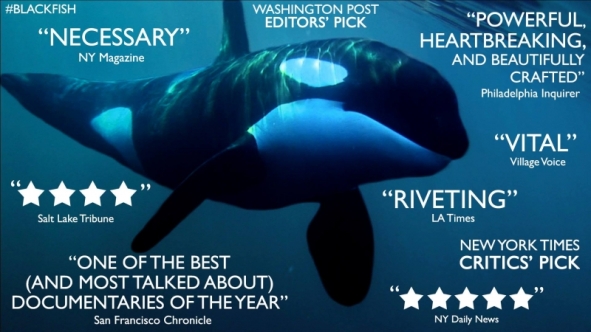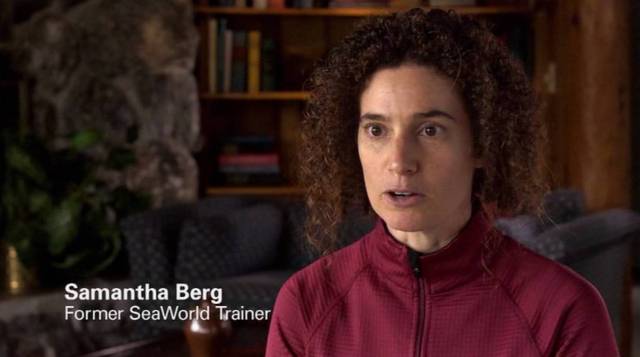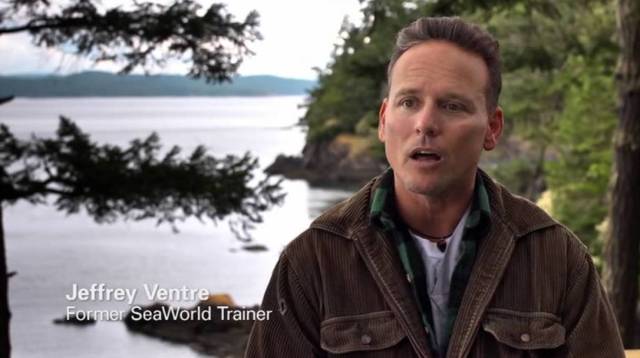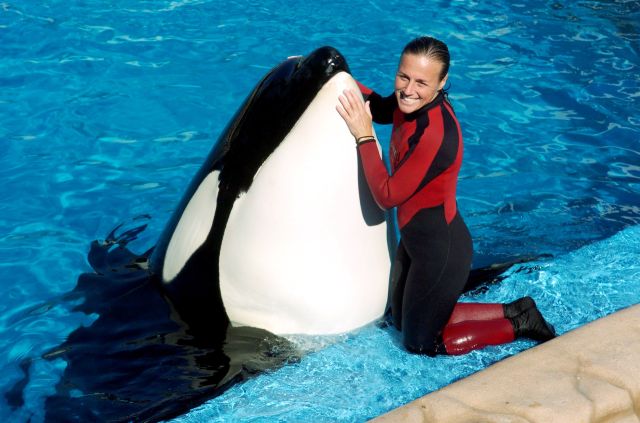There is no question that Race intersects with just about every popular media text in today’s culture. In 2013, a documentary was released that focussed on captive whales at Sea World, and the violent behaviors and horrible living environments they have. The film features interviews from former Sea World employees and trainers, as well as experts on Orca whales. Although it is not talked about or easily noticed, the majority of the people involved in the documentary and the majority of the people who are in the shows with the whales are white. This can be seen as a lack of representation of people of all races in popular culture and can be dangerous and discouraging to those who aspire to be Sea World employees that are people of other races.

Linda Holtzman and Leon Sharpe discuss the issues surrounding race in popular culture in their book Media Messages. In the book, Holtzman and Sharpe touch on how race is constructed socially, culturally and politically. They say that ” Various racial categories have been created or changed to meet economic and social needs of white United States culture.” If we really pick apart this thought, we realize that we all create our own stereotypes when it comes to race. We just assume certain races do certain things and work certain jobs. Unfortunately, as Holtzman and Sharpe point out that it is most of the time white American’s at the center of popular culture.


As seen in the photos above, most if not all of the people interviewed for this documetary are white Americans. With the exception of a hispanic woman interviewed about the death of her husband at a aquarium in Mexico. Although it is not a film about race, there is no doubt that it depicts the sad lack of diversity in employees and performers at Sea World parks. The lack of diversity subtly hints that other races are not fit to be in these positions. When viewers of other ethnicities view this documentary they may feel like they are not welcome at the Sea World parks or they may not be able to take this career path. The trainers featured most likely went to nice colleges where they had all of the tools they needed to prepare them for this career path, where as some people of other races and class may not be given these opportunities.

Although the documentary mainly focuses on the whales at Sea World and their treatment, a major chunk of the film discusses the career and tragic death of one of Sea Worlds “best” trainers, Dawn Brancheau, another white female. Once again, while the main message and point of the documentary is not about equality for races it does send the message of the type of people that Sea World values and aims to please.
In this short clip from Blackfish, we see clips of Dawn interacting with the whales and hear her co workers and friends telling stories about her. It is interesting if you look at the screen that lights up behind her in one of the shots, that all of the trainers shown on that board are also white.
The lack of diversity in Blackfish may not be the first thing that you notice when you watch it, but it is something that should be pointed out. It is important for people to see all races represented in such big media contexts because it makes it more relatable and understandable. The film in a way depicts a vision that Sea World has for a “perfect” place for all, even if those working for them are not diverse.